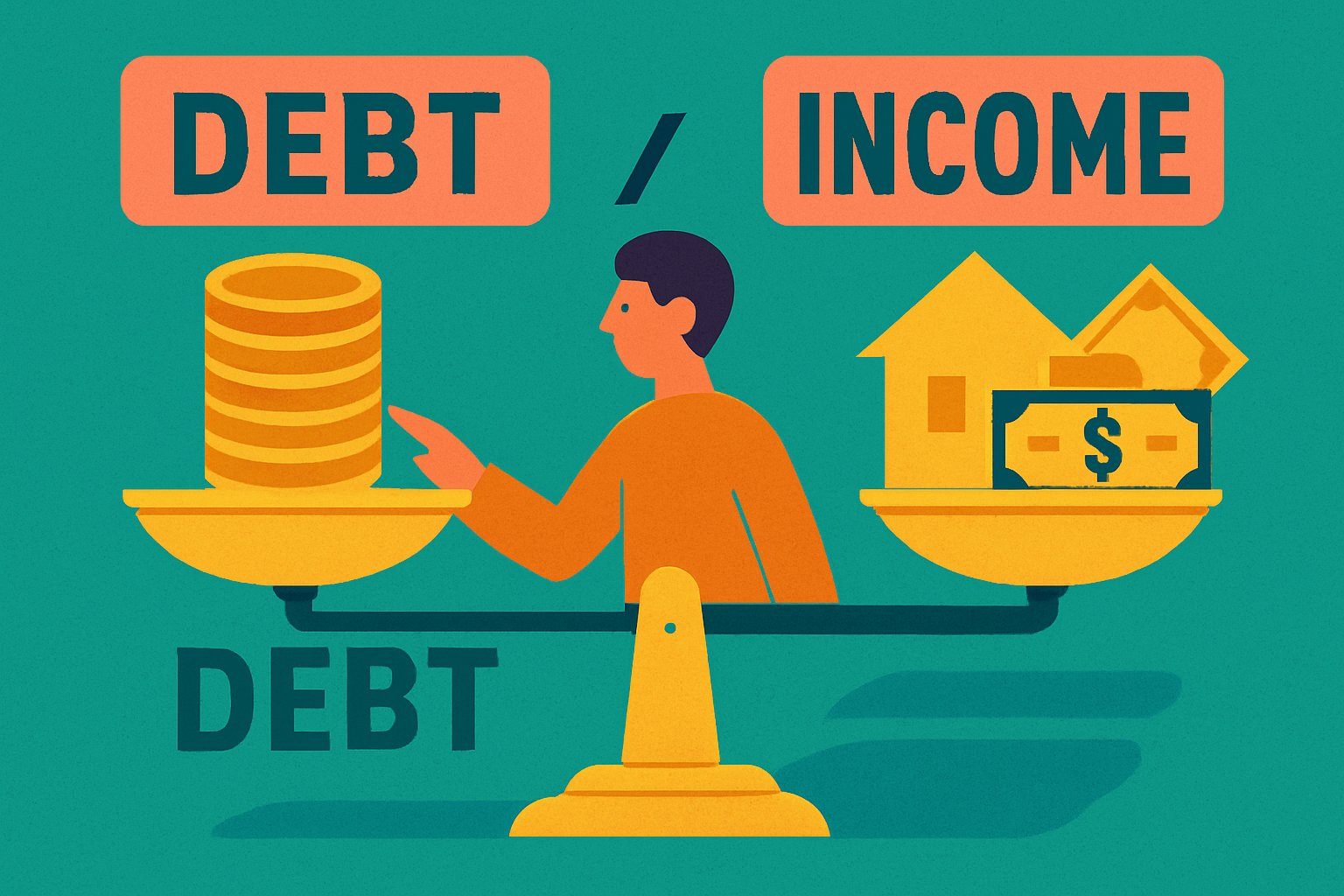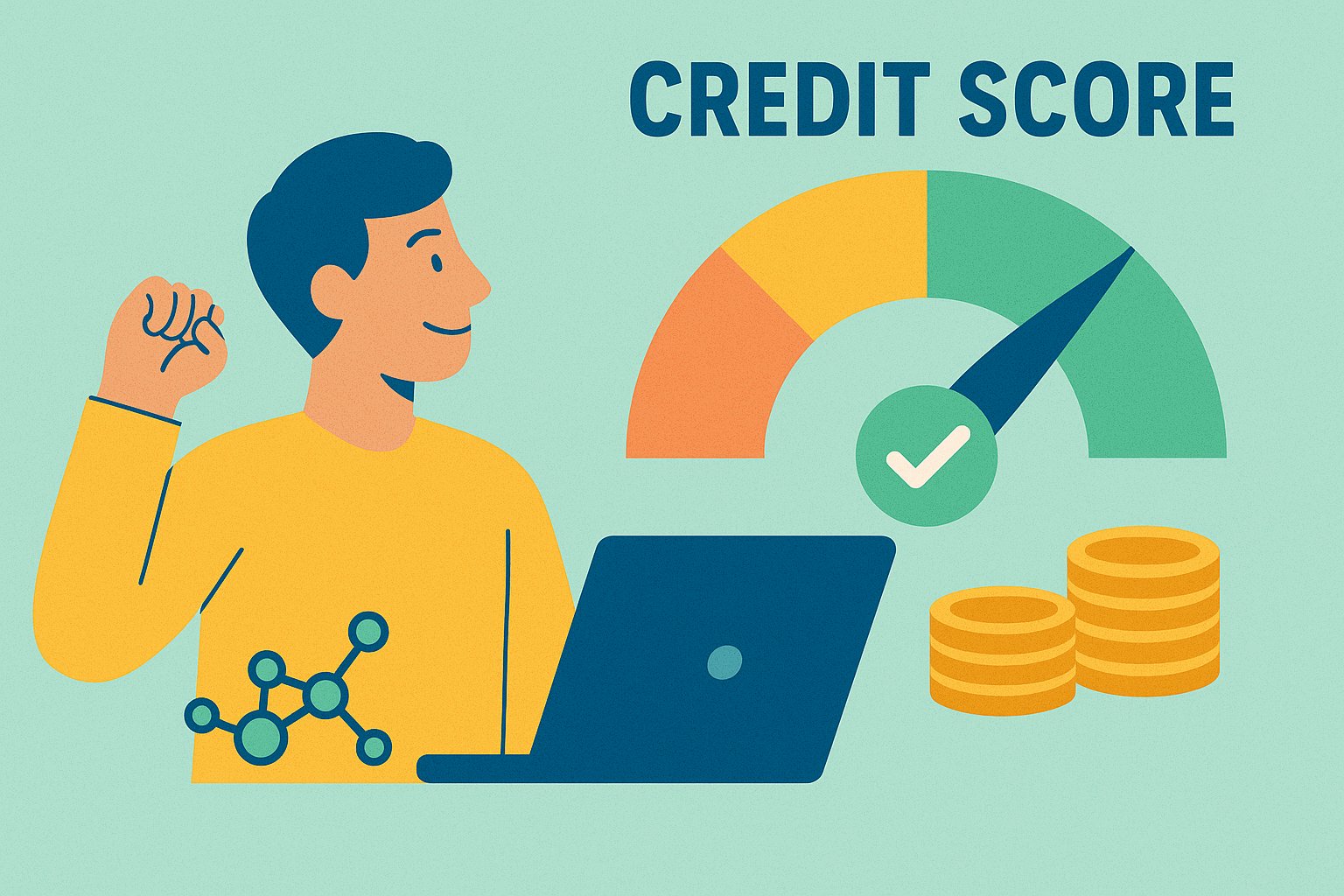Why Forecasting Captivates Backers
When you embark on a debt-based crowdfunding journey, financial forecasting isn’t just a tool—it’s your megaphone to potential backers. In a sea of loan requests, detailed and realistic projections set you apart from the competition. Backers want to see a clear path to repayment: they need assurance that your venture will generate enough cash flow to meet monthly obligations. A thoughtfully constructed forecast signals that you understand your market, your costs, and your revenue drivers. In this opening exploration, we’ll delve into actionable forecasting tips that transform dry spreadsheets into compelling narratives—narratives that inspire backers to invest in your vision with confidence.
Laying the Right Foundations: Gathering Pristine Financial Data
The accuracy of your forecast hinges on the quality of your data. Before you even open a spreadsheet, invest time in collecting detailed historical information: past sales figures, expense receipts, seasonality trends, and bank statements. If you’re launching a new product, draw on market research reports and competitor benchmarks to gauge achievable revenue levels. Clean, well-organized data not only minimizes the risk of calculation errors but also demonstrates to backers that you’ve done your homework. By starting with pristine financial records, you eliminate guesswork and create a dependable base from which realistic projections can spring.
Crafting Conservative Revenue Projections with Conviction
Overly optimistic revenue forecasts can provoke skepticism, causing backers to doubt your financial acumen. Instead, adopt a conservative, evidence-driven approach. Break down your revenue into distinct streams—product sales, service fees, licensing income, or recurring subscriptions—and assign realistic growth rates to each. Reflect on historical performance or comparable industry case studies to justify your assumptions. If your product typically sells 100 units monthly at $50 apiece, project modest increases rather than sky-high leaps. By anchoring your numbers to tangible benchmarks, you build credibility and invite backers to see that your projections are grounded in market realities rather than wishful thinking.
Modeling Expenses with Precision and Prudence
While revenue projections garner much of the spotlight, expense modeling is equally critical. Backers scrutinize your cost assumptions to ensure you understand each facet of your operation. Start by categorizing fixed costs—rent, salaries, insurance—and variable costs—raw materials, packaging, or shipping—so that fluctuations in revenue don’t catch you off guard. Factor in one-time costs like equipment purchases or software licensing fees, and don’t overlook recurring overhead such as ongoing maintenance or marketing subscriptions. A precise, line-by-line expense forecast shows backers that you’ve accounted for every dollar, reducing the likelihood of unexpected shortfalls and fortifying their confidence in your ability to manage resources sensibly.
Painting Scenarios: Preparing for the Unexpected
Markets shift, costs rise, and unforeseen challenges emerge. To signal your preparedness, incorporate scenario analysis into your forecasting framework. Construct at least three scenarios: optimistic, moderate, and conservative. Under the optimistic scenario, model aggressive revenue growth with controlled expenses; for the moderate, assume steady but sustainable growth; and in the conservative scenario, model slower sales, higher input costs, or delays in market penetration. By showcasing how each scenario impacts cash flow and debt service capacity, you demonstrate that you’re not only anticipating success but also bracing for less-than-ideal outcomes. Backers appreciate borrowers who think through contingencies, as it reduces their perceived risk and enhances the appeal of your campaign.
Demonstrating Cash Flow Mastery: Timing Is Everything
A luminous revenue line on your forecast becomes meaningless if it doesn’t translate into actual cash. Backers will ask: “When will these dollars hit your bank account?” To answer that, focus on a cash flow projection that meticulously tracks the timing of inflows and outflows. Include realistic payment terms—if clients pay invoices 30 days after delivery, schedule inflows accordingly rather than booking revenue the moment of sale. Similarly, map out payment due dates for each expense, whether it’s a monthly rent check or quarterly tax obligation. By illustrating a month-by-month cash flow, you show how you’ll manage periods of tight liquidity and ensure on-time loan repayments. This granular visualization underscores your command of working capital and preserves lender trust.
Embracing Visual Tools to Enhance Credibility
While numeric tables convey detail, dynamic visual tools breathe life into your forecast. Use clear line charts to illustrate revenue trajectories under different scenarios, and bar graphs to compare monthly expenses against projected inflows. If your platform permits attachments, embed a dashboard that backers can explore interactively—highlighting key metrics like gross margin, debt service ratios, and break-even points. Visualizations make complex data digestible and help lenders quickly grasp the heart of your financial plan. When backers can visualize how revenues scale or costs stabilize over time, they become more emotionally invested in your success, viewing your campaign less as a loan request and more as an opportunity to fuel a promising venture.
Crafting a Compelling Narrative Around Numbers
Even the most meticulously designed forecast demands context. Surround your numeric projections with a compelling narrative that explains how you arrived at each assumption. If you anticipate a 15 percent uptick in sales after launching a new marketing strategy, describe the specific channels—social media, influencer partnerships, or targeted email campaigns—that will drive that growth. Clarify the expertise you’ve assembled—a seasoned marketing manager or a data analyst—who will ensure these strategies execute effectively. By linking numbers to stories of action, you humanize your forecast, giving backers insight into the deliberate steps you’ll take to convert projections into reality. A narrative woven around data not only educates but also inspires confidence in your project’s viability.
Emphasizing Repayment Capacity Through Debt Service Ratios
Backers in debt-based crowdfunding want tangible proof that you can meet monthly loan obligations without faltering. One way to illustrate this is by introducing a debt service coverage ratio (DSCR) into your forecast. Calculate the ratio of net operating income to annual debt service under each scenario, and show how the DSCR remains above your platform’s minimum threshold—often around 1.25. If your projected net income is $100,000 and annual debt service is $60,000, a DSCR of 1.67 highlights robust capacity to repay. Presenting a DSCR analysis alongside your cash flow projections reassures lenders that your business can cover all obligations comfortably, even if revenues fluctuate modestly.
Reviewing and Updating: Continuous Transparency Builds Trust
A financial forecast isn’t a static artifact; it’s a living document that evolves as you gain new insights. After your campaign launches, continue revisiting your projections weekly or monthly. If revenue outpaces expectations post-launch, adjust your forecast upward and share these wins with backers. If expenses spike unexpectedly, communicate the change transparently, explain corrective measures, and demonstrate how you’ll maintain debt service. By providing regular updates—whether through the platform’s messaging tools or an email newsletter—you keep backers engaged and reinforce their belief in your competence. Continuous transparency not only fosters long-term loyalty but also positions you as a trustworthy borrower in their minds, paving the way for future fundraising opportunities.
Building Long-Term Relationships Through Forecasting Excellence
Impressive forecasting does more than elevate your current campaign; it lays the foundation for enduring backer relationships. When lenders see that you respect their time, anticipate challenges, and communicate openly, they’re more likely to support you again in future rounds or recommend you to others in their network. Moreover, your forecasting discipline often yields internal benefits: by routinely analyzing cash flows and expenses, you identify inefficiencies early and seize growth opportunities faster. In this way, forecasting becomes a strategic asset, offering both immediate campaign advantages and long-term operational insights. Ultimately, backers aren’t just funding a loan—they’re investing in a credible entrepreneur who uses forecasting as a roadmap to sustainable success.
Financial forecasting is a craft that blends numerical precision, strategic thinking, and transparent communication. By gathering accurate data, modeling conservative revenues, mapping expenses with clarity, conducting scenario analyses, and embracing dynamic visual tools, you transform raw numbers into a persuasive narrative. Highlighting metrics like DSCR further underscores your capacity to repay, while regular updates maintain backer trust long after funding is secured. As you integrate these forecasting tips, you’ll not only impress debt-based crowdfunding backers but also sharpen your own decision-making toolkit. Embrace forecasting as a dynamic partnership with your investors—a partnership built on clarity, accountability, and shared aspiration for success.




